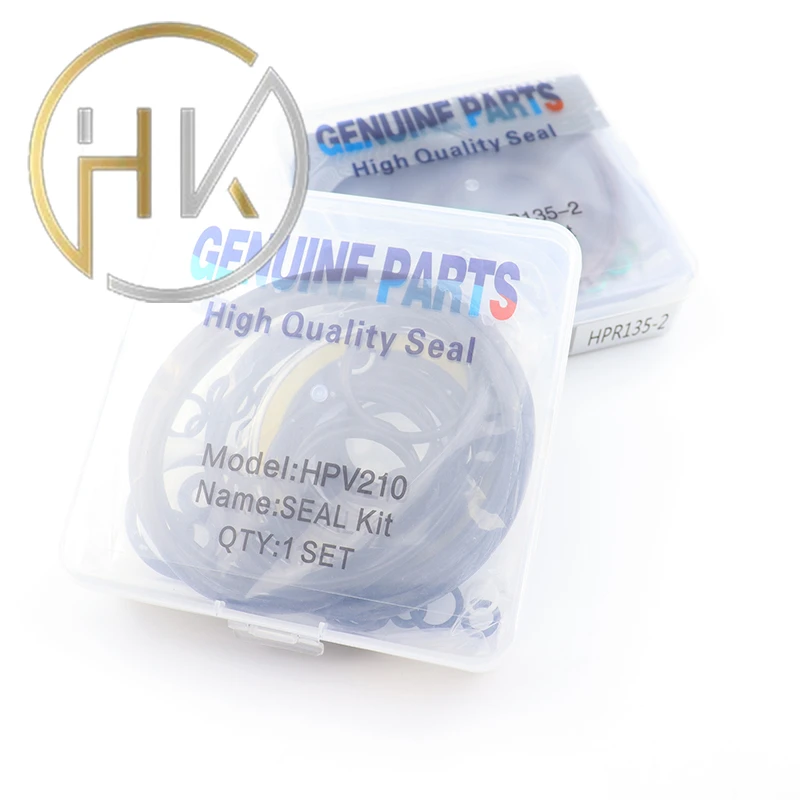تشرینی یەکەم . 16, 2024 21:33 Back to list
oil seal wheel hub
Understanding the Importance of Oil Seal Wheel Hubs
The wheel hub is a critical component of any vehicle, responsible for connecting the wheel to the axle and allowing for smooth rotation. One vital part of this system is the oil seal, often overlooked despite its significant role in ensuring the longevity and efficiency of the wheel hub. In this article, we’ll explore the importance of oil seals in wheel hubs, their functionality, types, and how they contribute to the overall performance and safety of vehicles.
What is an Oil Seal?
An oil seal, also known as a shaft seal or fluid seal, is a device designed to prevent the escape of lubricating oil and to block the entry of dirt and contaminants into the wheel hub assembly. Typically made of rubber or synthetic materials, oil seals are engineered to withstand high pressures, resist wear, and maintain their effectiveness across a range of temperatures.
Functionality of Oil Seals in Wheel Hubs
In wheel hubs, oil seals serve primarily to retain the lubricating oil essential for the smooth operation of wheel bearings. Proper lubrication reduces friction between moving parts, leading to enhanced efficiency and prolonged service life. The oil seal also prevents external contaminants—such as dust, water, and debris—from entering the hub, which could cause significant damage and premature failure of the bearings.
If an oil seal fails, it can lead to oil leakage, which jeopardizes the lubrication of the entire assembly. Without adequate lubrication, bearings can overheat, leading to increased wear and tear and ultimately resulting in costly repairs or replacements. In severe cases, a failed oil seal can even contribute to wheel hub failure, compromising vehicle safety.
Types of Oil Seals
There are various types of oil seals used in wheel hubs, each designed for specific applications. Some common types include
1. Single Lip Oil Seal This is the most basic oil seal type, consisting of a single lip that seals against a smooth surface. It is effective for low-pressure applications.
oil seal wheel hub

2. Double Lip Oil Seal This design features two sealing lips, providing better protection against contamination and leakage. It is ideal for environments where exposure to dirt or water is a concern.
3. Spring-Loaded Oil Seal This type employs a spring to exert pressure against the sealing lip, ensuring a more stable seal under dynamic conditions. It is particularly useful in high-speed applications.
4. Rotary Oil Seal Commonly used in applications with rotating shafts, these seals can handle higher speeds and are built to withstand axial and radial loading.
Choosing the right type of oil seal is critical for maintaining optimal performance and durability within the wheel hub assembly.
Maintenance and Replacement
Preventative maintenance is crucial when it comes to oil seals and wheel hubs. Regular inspections of the seals can help identify wear and tear before they lead to significant issues. Signs of oil seal failure include visible oil leaks, unusual noises from the wheel hub area, and signs of contamination.
When replacing oil seals, it is essential to ensure that the seals fit properly and are installed correctly. Improper installation can lead to leaks and premature failure. Additionally, using high-quality oil seals that meet or exceed OEM (Original Equipment Manufacturer) specifications will further enhance the reliability of the wheel hub assembly.
Conclusion
In conclusion, oil seals play an indispensable role in the functionality of wheel hubs. By retaining lubricating oil and preventing contamination, they ensure the smooth operation and longevity of the bearing assembly. Understanding the importance of these components leads to better maintenance practices and informed decisions about repairs and replacements. Whether for personal vehicles or heavy machinery, recognizing the role of oil seals is key to maintaining safety and performance on the road. Regular inspections and timely replacements will not only save money in the long run but also ensure that vehicles operate reliably and effectively.
-
Unlocking the Potential of Hydraulic Systems with Essential Sealing Solutions
NewsAug.06,2025
-
Unleash the Power of Your Hydraulic Systems with Our Premium Seal Kits
NewsAug.06,2025
-
Specialized Hydraulic Seal Kits for Breakers, Pistons, and Presses
NewsAug.06,2025
-
Revitalize Hydraulic Systems with Premium Repair and Seal Kits
NewsAug.06,2025
-
Fortify Your Cylinders with Premium Sealing Solutions
NewsAug.06,2025
-
Elevate Hydraulic System Reliability with Specialized Seal Kits
NewsAug.06,2025
-
TCN Oil Seal Metal Ring Reinforcement for Heavy Machinery
NewsJul.25,2025
Products categories
















